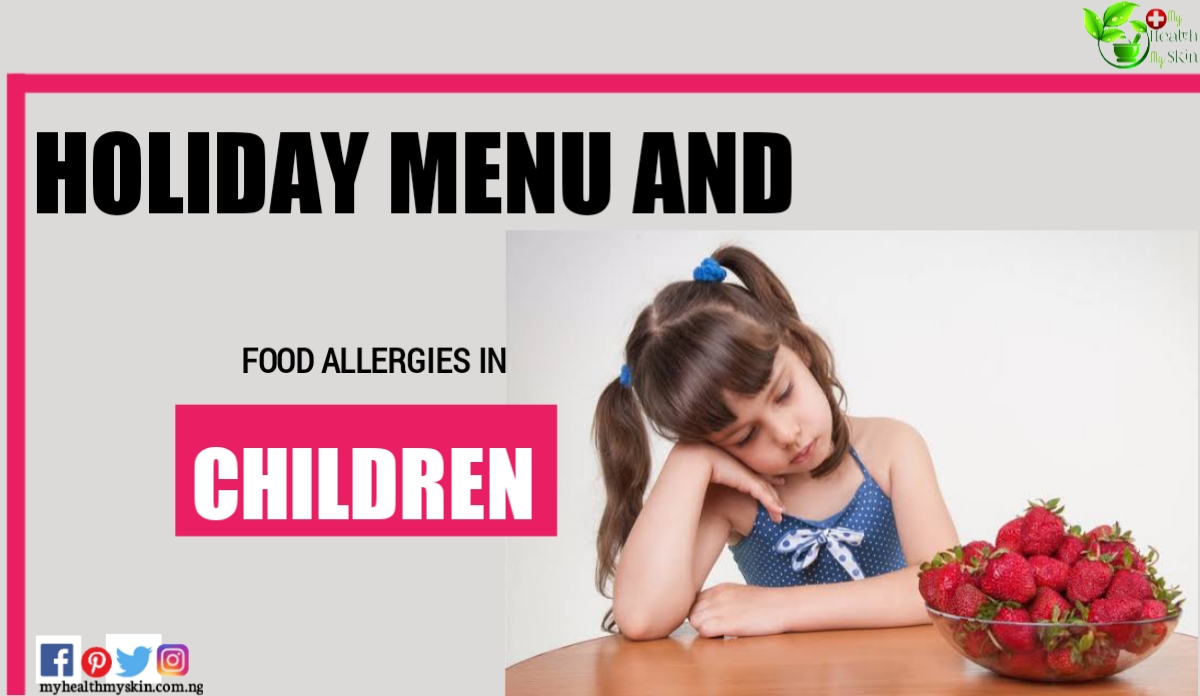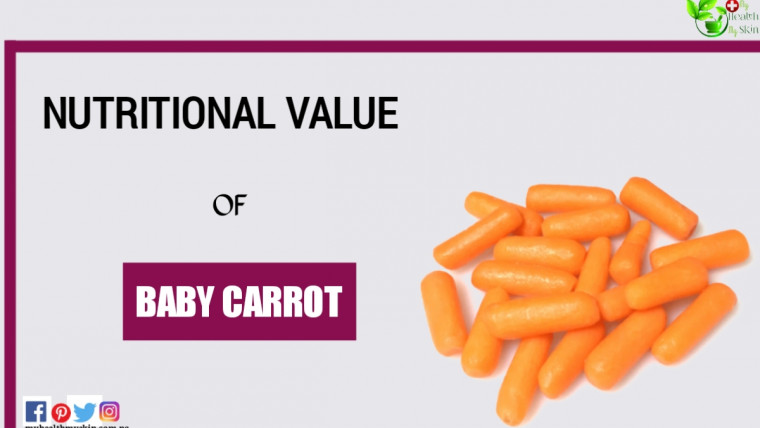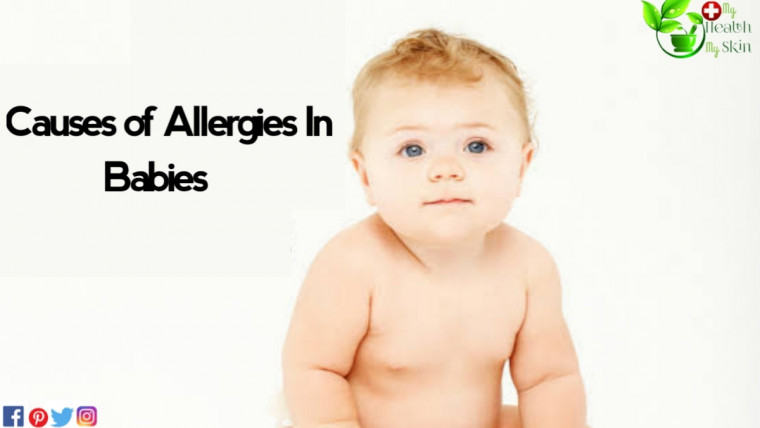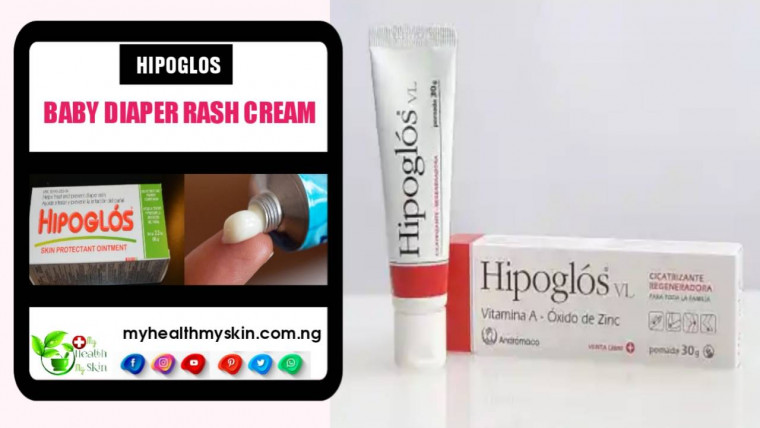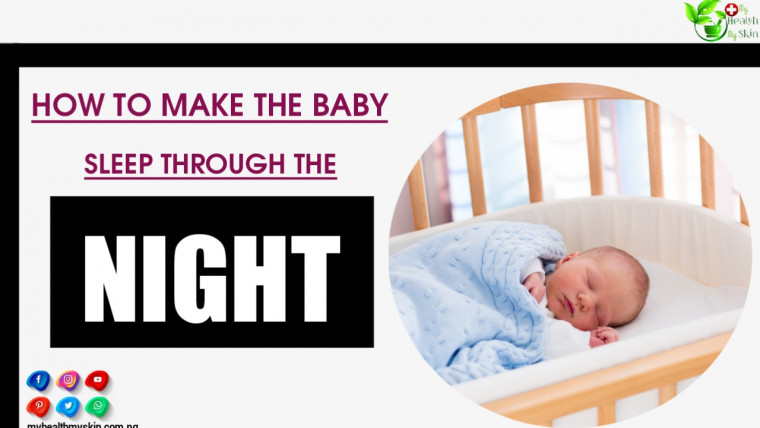In order to preserve the magic of Christmas, parents of children with food allergies should remain vigilant during this festive meal period. To more articles on Children’s Health click here.
What Christmas dishes are associated with food allergies or intolerances?
Do accidents always happen in the absence of parents? A little review before tasting.
Holiday Menus: Beware Of Food Allergies And Intolerances
During the end of the year celebrations, food excesses threaten us but also, for those who are the most sensitive, food allergies or intolerances.
In the event of an allergy, the body’s defense system reacts with often sudden inflammatory manifestations.
At any age, food allergy can cause anaphylactic reactions.
An anaphylactic reaction is the most severe manifestation of the allergy and corresponds to a generalized reaction, with risk of recurrence.
It can take the form of angioedema, hives, digestive problems, breathing difficulties, discomfort or even loss of consciousness.
This reaction is potentially fatal and constitutes an absolute medical emergency. Food is responsible, in 60% of cases, for anaphylaxis.
The food intolerances cause, meanwhile, symptom severity with less and appear not suddenly but gradually over time. This is the case, for example, with lactose or gluten intolerance.
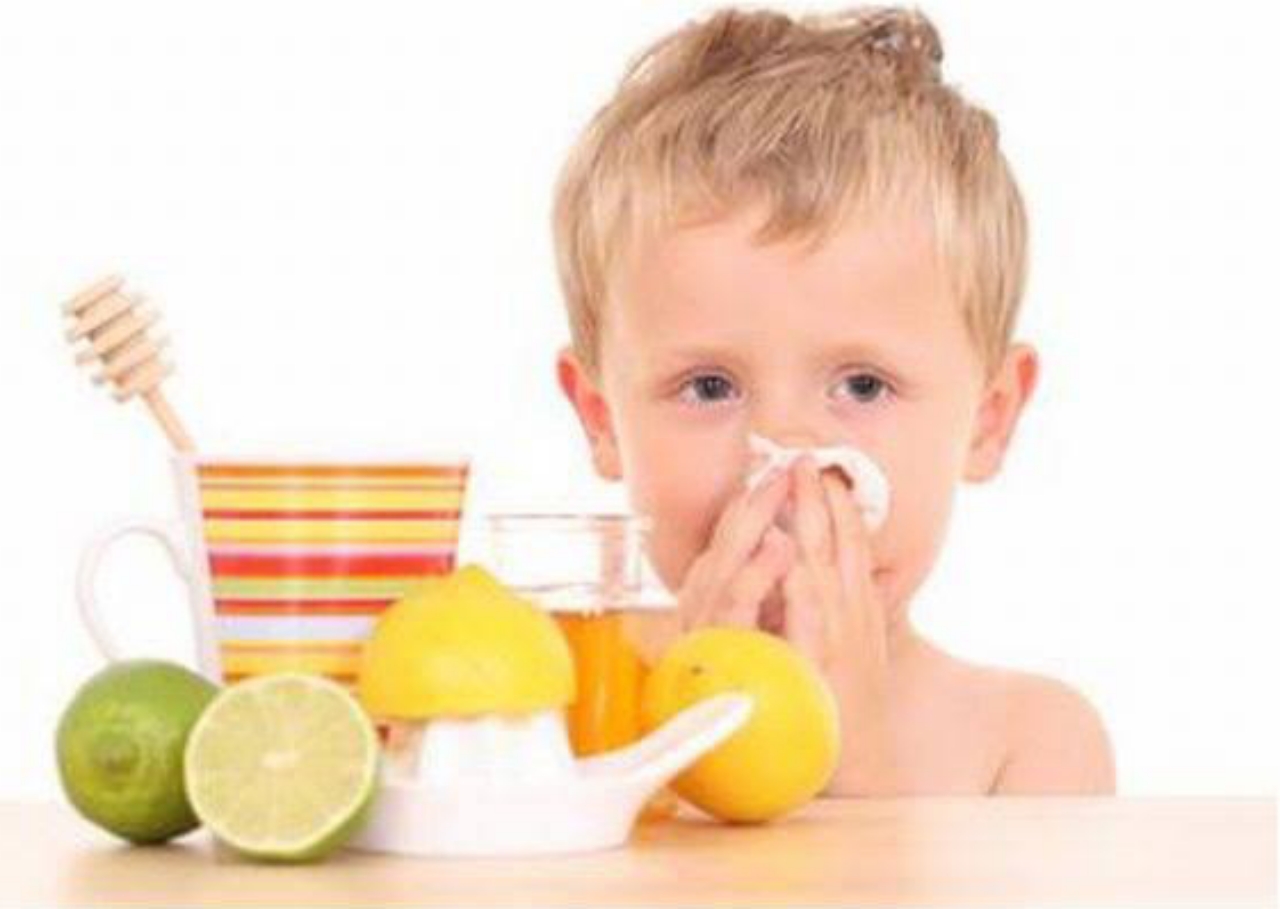
During The Holidays, What Allergenic Foods Are On The Menu?
At the time of the aperitif, do not forget that peanuts (or peanuts) are the second cause of food allergy in children under 15 years old.
As for nuts, it is better to be careful with cashews and pecans, almonds or pistachios.
Then, you have to pay attention to the seafood platter with its shrimps, oysters, clams, crabs and langoustines.
The allergy to shellfish is manifested in all possible forms: urticaria, angioedema, asthma and even digestive problems.
Angioedema is rapid swelling of the skin and mucous membranes on the head and neck. It is the consequence of an inflammatory or allergic reaction.
If breathing difficulties, discomfort or digestive symptoms are associated with it, it must be taken care of quickly by an emergency service.
Other foods to watch out for: cow’s milk contained in cheeses but also in desserts such as the frozen log or the pastry log.
For those allergic to eggs, allergists advise against consuming semi-cooked eggs, found in particular in meringues and icings.
Make Your Child and Those Around Him Aware of Allergies!
According to a Canadian study published in the journal Pediatric Allergy and Immunology, 31.5% of anaphylactic reactions to a known allergen occur in children despite the presence of a parent or an adult.
Another remarkable fact: in 65% of cases, the supervising adult was not the parent of the child.
The anaphylaxis was defined in this study as a reaction involving at least two organ systems and / or a sudden drop in blood pressure.
The place of food labeling was also mentioned in this work. The majority of reactions to labeled foods have occurred when the statements on the product were not taken into account.
Faced with these observations, it is important to make the child and his entourage (family, teachers, recreation center leaders, etc.) aware of children’s allergies. In addition to knowing which foods to avoid, they should be able to:
- Recognize the warning signs of anaphylactic reactions in children
- Know the reaction to have in case of suspicion of anaphylaxis (or anaphylactic shock):
- Immediately contact the emergency services, by dialing 15 (SAMU), 18 (fire brigade) or 112 (European emergency number).
- If the child has an epinephrine injection pen prescribed by their doctor, know how to give it. The emergency services may ask you to use it while waiting for their arrival.
